The increased rise in the use of LED (light-emitting bulbs) has provided a much needed and practical solution to lighting any space. They are now found on streetlights, industrial and even residential houses. They also come in a wide range of colors, designs, shapes, and voltage to cater for just almost any need.
Besides lighting living and working spaces, LED lights are also used in appliances such as refrigerators. At a time when the need to cater for the environment is highly encouraged, the choice to use LED lights is undoubtedly a good choice.
Before you purchase LED lights, it is important to put into consideration a number of factors. Here are some of the things you should know about LEDs.
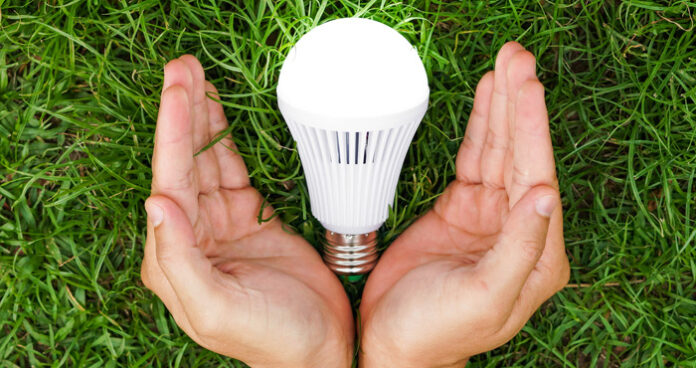
LEDs Last Longer
This is perhaps one of the most encouraging truths about LED lights. They indeed have a longer lifespan than traditional incandescent or fluorescent lights.
Whereas their upfront cost in purchasing and fixing may be higher, LEDs can last as long as 25,000 hours. This is high and above traditional bulbs whose time is estimated between 1000 hours and 8000 hours.
They Are More Energy Efficient
There is almost never enough energy anywhere in this world and millions of dollars are used to generate energy for various needs. Any energy that can be saved therefore comes in handy. Luckily, LED lights have quite effectively come in to help.
They are not 100% energy sufficient by they perform far much better than traditional bulbs. Manufacturers design lighting fixtures in such a way that heat is channeled away from LEDs.This reduces the operating temperatures and therefore helps to extend their lifetime. If you touch a part of the LED and notice some heat emanating from it, it is a sign that some heat is coming off the LED. According to CLF Services, this temperature will be determined by factors such as the size of the fixture, materials used to construct it as well as the total power out.
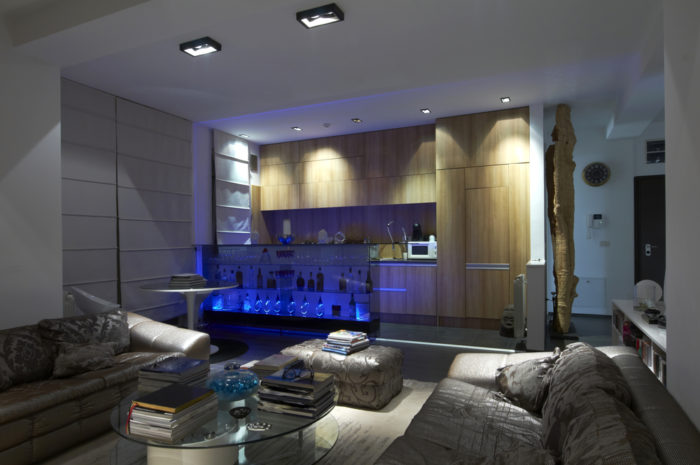
LEDs are Dimmable
You got it right! Modern technology allows dimming capabilities on LEDs just like traditional lighting sources. It is a technology drawn, to some extent, from the traditional light bulbs.
For dimmers to work effectively on LEDs, it must be considered that they work very differently from traditional lights. If you use the same dimmers used for incandescent bulbs on LEDs, you may experience a slight buzzing sound. It is thus advisable that you put in place an LED-friendly dimmer. If you get a dimmer that is specified by the manufacturer, your bulb will perform optimally.
LEDs Come In Many Colors
Colored bulbs serve different purposes for their users. Consumers are usually very specific on the choice of colors for the bulb. Spaces such as the bathroom, dining room, and entertainment areas may be lit with bulbs different from common white-light bulbs.
Manufacturers also indicate the color of particular bubs on the packaging. This is usually indicated by K ratings, which stands for Kelvin, or simply the color of temperature. Translated in other words, this is simply the color of light. It may range between 2700 to 6500 Kelvin. Bulbs operating at about 3000k will give a warm light that could be slightly yellow. Beyond this, at 3200K to 4500K the bulb is brightly white and is preferable for working spaces such as the kitchens, bathrooms, workshops, and garages. Above 4500k, the light is considered almost as bright as daylight and works well for outdoor and security purposes.
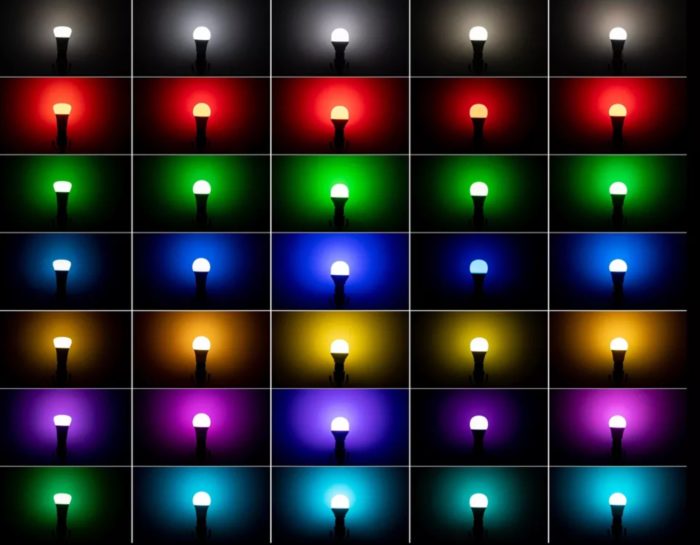
They Are Useful In Many Appliances
An additional advantage of LED lights is that they are widely useful in several appliances. From vehicle bulbs, fridges, street lighting, TVs and so on, LEDs have become the preferred way of lighting in many aspects of life. Their environmental-friendly characteristics can, therefore, be extended to the workplace as well as living spaces.
LEDs Offer Better Control of Light
From a general perspective, any bulb fixture will give as much output as the amount of electrical current supplied to it. The design of the LED power supply can be used to adjust the amount of light output it supplies. This means that lighting designs can make installations that perfectly fit specific spaces, buildings or appliances.
With traditional incandescent and fluorescent light sources, it is not possible to have this kind of control. There is continued improvement in the technologies used for making LED lights, allowing them to increase the amount of light emitted.

LEDs Do Not Give As Much Heat
Some consumers argue that the choice of bulbs used in a house should also contribute to warming up the house. In fact, some traditional light fixtures are equally good in emitting heat useful in making the space warmer.
Whereas this idea may be useful during winter, it becomes costly in summer when you want the space cooler. LED lights are useful in any season, especially because the amount of heat they emit is considerably lower.
It is more effective to use other means of heating up the house such as biomass or gas than electricity.
LEDs are now Easily Available
Over the last two decades in which LEDs have gained popularity, their acceptance and people’s perceptions have also changed. They are can be bought easily online and even in brick and mortar shops.
Making them more available and affordable has helped to ease accessibility. However, it is advisable that you first establish your lighting needs before picking on particular LEDs. Consulting a lighting designer would help greatly in determining the most suitable type of lighting for your space.
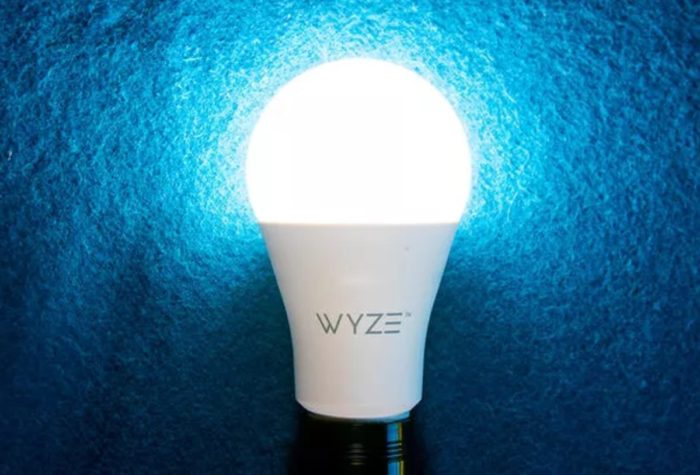
Conclusion
It is estimated that about 49 million LEDs were installed in the United States in 2012 alone. This led to huge savings in annual energy costs, estimated at about $675 million. This is a milestone that cannot be estimated.
As lighting needs continue to grow with the population and rise in housing, LEDs become a great choice for modern use. They offer more advantages than traditional lights. In addition, they’ve significantly changed the world’s approach to lighting. What is clear is that going into the future more innovation will help to improve the way they LEDs function.

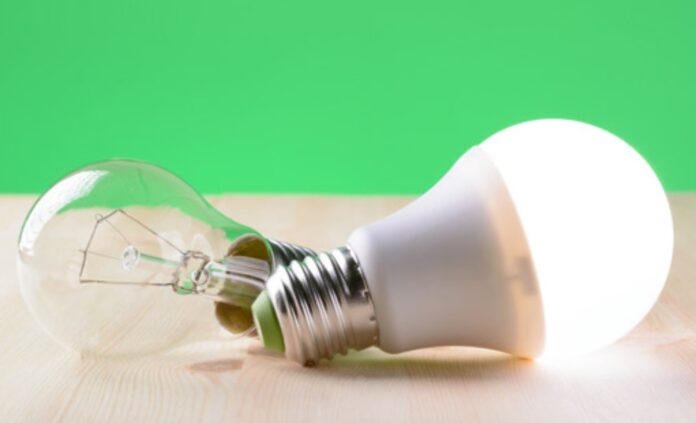



![Calgary’s Hottest Neighborhoods for Luxury Homebuyers [2024]](https://thewashingtonote.com/wp-content/uploads/2024/04/Calgary-324x160.png)



